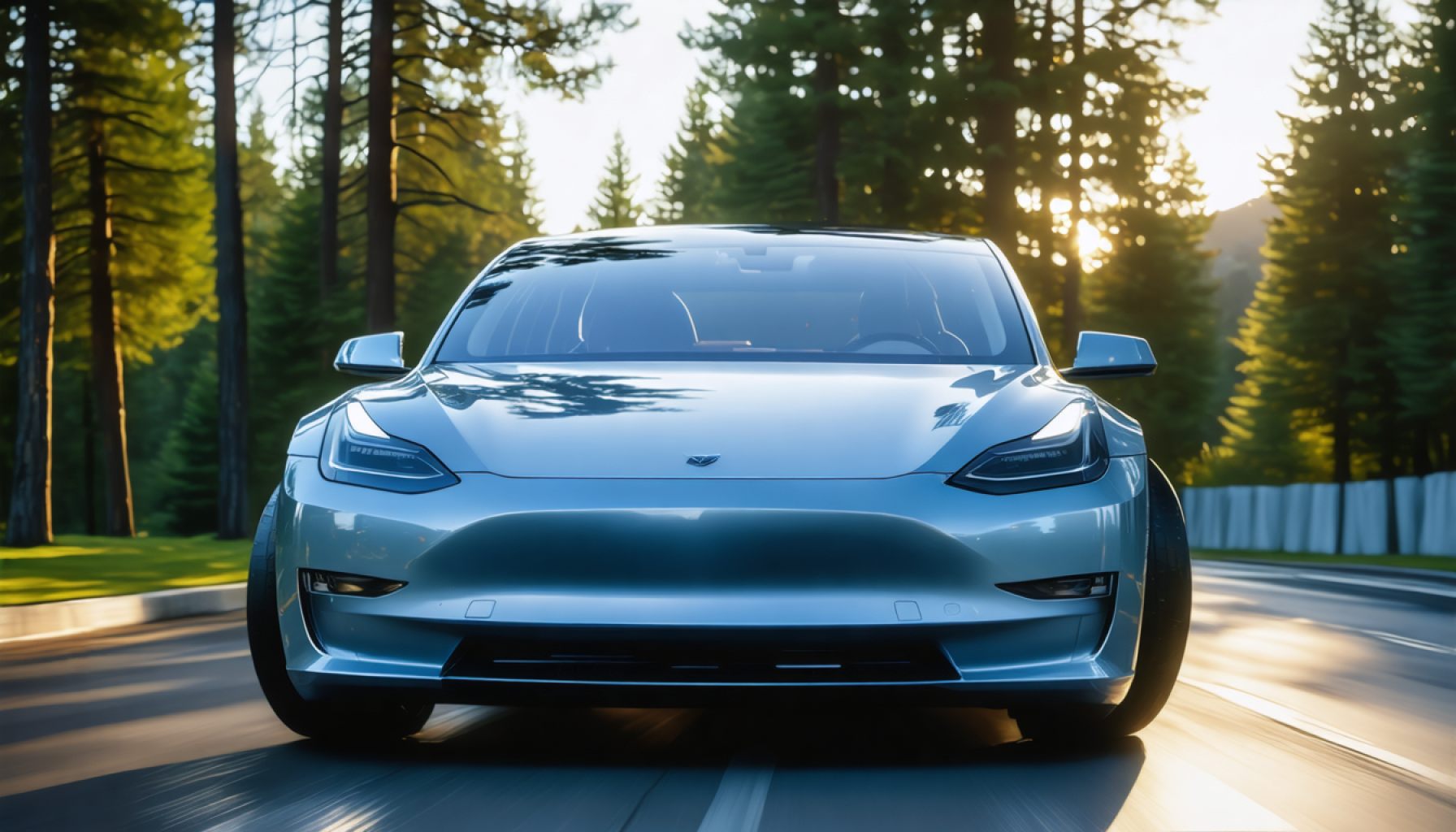- Federal budget cuts impact key areas affecting Elon Musk’s initiatives, creating a complex situation for Tesla.
- The Department of Government Efficiency reduced the National Highway Transportation Safety Administration’s budget by 10%, affecting Tesla’s oversight.
- The General Services Administration ordered the shutdown of electric vehicle chargers at federal buildings, hindering the EV transition.
- These decisions raise questions about the potential for Musk to influence future regulations on autonomous vehicles.
- The closure of office chargers contradicts Musk’s sustainable energy goals, impacting infrastructure development.
- The outcomes of these cuts could significantly affect the future of autonomous and electric vehicles.
Federal budget cuts are often political minefields where winners and losers jostle for position, but two recent trims have orchestrated a tempest of speculation around Elon Musk’s ambitions. At the helm of these cuts, the “Department of Government Efficiency” lobbed a 10% reduction at the National Highway Transportation Safety Administration, slashing nearly half the team that ensures self-driving vehicles are safe—a team currently scrutinizing Tesla.
In an eyebrow-raising twist, orders have also flickered through the wires of the General Services Administration, calling for the shutdown of electric vehicle chargers at federal buildings, an unexpected blow to the EV transition. Seeing as Tesla dominates the EV landscape, this decision hardly aligns with Musk’s zealous crusade for a battery-powered future.
These federal decisions stir up a storm of questions: Are the cuts setting the stage for Musk to rewrite the rulebook on autonomous driving? Federal guidelines, albeit uniform, could potentially undercut the robust patchwork of state regulations that have nurtured Tesla’s initial self-driving ventures. Yet, for Musk, the situation remains paradoxical—current actions may prompt the very federal oversight that could stifle innovation.
The shuttering of office chargers seems counterproductive when looking at the EV revolution’s path. Office chargers, ideally powered by the sun, offer inexpensive, middle-of-the-day juicing for electric cars—a boon that aligns perfectly with Musk’s solar aspirations. This move, blocking office charger access, not only hampers infrastructure progress but seems incongruous with Musk’s very public support for sustainable energy.
Keeping an eye on the DOGE’s looming pen is critical, especially for offices and innovators alike. How Musk navigates these curious cuts may ultimately redefine the trajectory of autonomous and electric vehicles in the years to come.
Can Budget Cuts Boost Innovation? The Surprising Impact on Tesla’s Future
How-To Steps & Life Hacks for Navigating Policy Changes
1. Stay Informed: Subscribe to updates from the Department of Government Efficiency and industry newsletters to get ahead of regulatory changes affecting autonomous and electric vehicles.
2. Engage with Policy: Participate in public comment periods to voice opinions on proposed regulations.
3. Diversify Investments: For those investing in Tesla or the EV market, consider diversifying your portfolio to mitigate risks from policy shifts.
4. Utilize Off-Grid Charging: Develop or invest in alternative charging options, such as home solar installations, to reduce reliance on public infrastructure.
5. Track Innovations: Follow Tesla’s developments in self-driving and battery technology, which may reveal strategic pivots prompted by federal actions.
Real-World Use Cases
– Autonomous Driving Testing: Companies developing self-driving technology can learn from Tesla’s adaptive strategies in response to weakened federal oversight, leveraging states with permissive regulations to continue innovation.
– Workplace EV Charging Initiatives: Businesses can implement their own EV charging programs, possibly in collaboration with local government incentives, to support sustainability goals regardless of federal changes.
Market Forecasts & Industry Trends
– Despite immediate setbacks, the EV market is projected to continue growing. International markets may increasingly drive demand, potentially offsetting domestic challenges.
– Autonomous vehicle developers may shift focus to software improvements that enhance efficiency without requiring hardware changes, staying within relaxed regulatory environments.
Reviews & Comparisons
– Tesla vs. Competitors: Tesla remains at the forefront of EV technology, but companies like Rivian and Lucid Motors offer attractive options that are less reliant on U.S. infrastructure policies.
– Self-Driving Technology: Tesla’s Full Self-Driving (FSD) feature is challenged by models like Waymo, which has focused on robustness and regulatory alignment.
Controversies & Limitations
– Regulatory Capture Accusations: Critics argue that federal decisions may indirectly favor companies with strong lobbying arms. The charges of favoritism underscore ongoing debates on regulatory fairness.
– Environmental Concerns: The reduction of EV infrastructure at federal sites contradicts global sustainability efforts, leading to concerns about the U.S.’s commitment to combating climate change.
Features, Specs & Pricing Overview
– Tesla vehicles continue to innovate, with recent models boasting extended battery life, advanced autopilot features, and competitive pricing strategies aimed at maintaining market dominance.
Security & Sustainability
– Security Measures: Tesla’s focus on cybersecurity within its vehicles could be further enhanced in response to reduced oversight, potentially setting new industry standards.
– Sustainability Initiatives: Tesla may double down on its Gigafactory expansions to support renewable energy production, reducing dependency on federally controlled facilities.
Insights & Predictions
– Increased State Regulation: States may adopt stricter standards to compensate for diminished federal oversight, impacting Tesla’s operational strategies regionally.
– Global Expansion: Expect Tesla to accelerate international expansion efforts, targeting regions with stable policy environments and favorable market conditions.
Tutorials & Compatibility
– EV Charger Installation: Homeowners can explore step-by-step guides available on sites like Tesla’s own main website for installing domestic charging solutions.
Pros & Cons Overview
Pros:
– Potential for deregulation may allow for faster innovation in autonomous driving tech.
– Even with office chargers reduced, private home charging remains viable and cost-effective.
Cons:
– Decreasing government oversight risks uneven safety standards across states.
– Reduced federal chargers hinder the progression of a cohesive national EV infrastructure.
Actionable Recommendations
– Advocate for Balanced Policy: Join local advocacy groups to lobby for policies that support both innovation and safety in the EV and autonomous driving sectors.
– Adopt Renewable Energy: Consider solar panel investments to self-sustain EV charging needs and further reduce your carbon footprint.
– Invest in Education: Stay informed through webinars and workshops on the evolving landscape of autonomous vehicle regulations and electric vehicle technology.
For more insights on electric vehicles and sustainable technology, visit Energy.gov.














